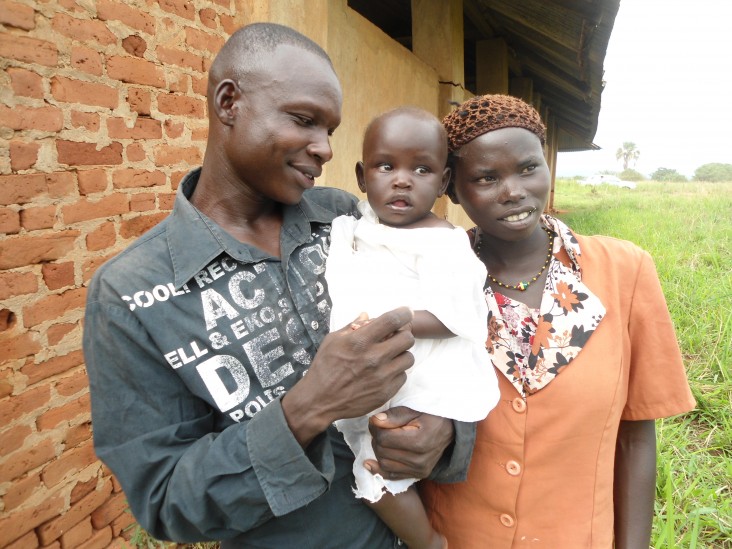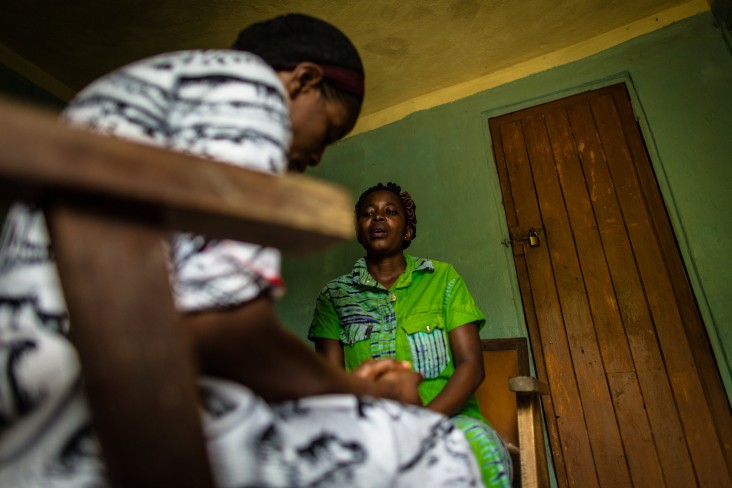- What We Do
- Agriculture and Food Security
- Democracy, Human Rights and Governance
- Economic Growth and Trade
- Education
- Environment and Global Climate Change
- Gender Equality and Women's Empowerment
- Global Health
- Humanitarian Assistance
- Transformation at USAID
- Water and Sanitation
- Working in Crises and Conflict
- U.S. Global Development Lab
Speeches Shim

Respond only, and you’ll be responding forever. Prevent only, and you ignore the survivor in front of you.
Gender-based violence (GBV) is a human rights violation, a public health challenge, and a barrier to civic, social, political, and economic participation. It undermines not only the safety, dignity, overall health status, and human rights of the millions of individuals who experience it, but also the public health, economic stability, and security of nations.
Gender-based violence cuts across ethnicity, race, class, religion, education level, and international borders. An estimated one in three women worldwide has been beaten, coerced into sex, or otherwise abused in her lifetime. Although statistics on the prevalence of violence vary, the scale is tremendous, the scope is vast, and the consequences for individuals, families, communities, and countries are devastating.
It is vital to promote the rights of all individuals and reduce gender-based violence while mitigating its harmful effects on individuals and communities. Unless women, girls, men, and boys fully enjoy their human rights and are free from violence, progress toward development will fall short.
For more than two decades, USAID has partnered with non-governmental organizations, faith-based organizations, and host government institutions to:
- Increase awareness of the scope of the problem and its impact
- Improve services for survivors of violence
- Strengthen prevention efforts

USAID works to prevent and respond to gender-based violence in more than 40 countries worldwide, in every region where we work. Since 2012, USAID has reached more than five million survivors of gender-based violence with potentially life-saving services. And to support and scale-up targeted innovations, USAID has awarded more than $17 million through its GBV Incentive Funds program for projects in 15 countries.
- In El Salvador, USAID has established and supported seven assistance centers for both juvenile and adult victims of gender-based violence to provide services ranging from medical treatment and psychological counseling to legal representation and vocational training, making these among the first multi-institutional, fully integrated domestic violence service providers in Central America. This has supported efforts to reduce levels of impunity and promote fairness in the treatment of GBV survivors. The result of a sample study to measure the impact in reducing impunity in one of the centers showed that of a total of 99 domestic violence cases received, all were presented in court and 97 of them resulted in convictions.
- In Northern Uganda, USAID's Gender Roles, Equality and Transformation (GREAT) project aims to promote gender-equitable attitudes and behaviors among 10-19 year old adolescents and their communities, with the goal of reducing gender-based violence and improving sexual and reproductive health in post-conflict communities. The GREAT Project includes intervention activities such as a radio serial drama, a toolkit that includes tailored discussion guides, activity cards, and games to help pre-existing groups of married and unmarried adolescents understand and challenge gender norms, and increase understanding of sexual and reproductive health issues. The project also implements training for Village Health Workers to improve sexual and reproductive health services.
- In USAID India, GBV Incentive funds support Mobilise!, a program to increase screening and identification of GBV and to provide counseling and referral of survivors to relevant service providers. The project deploys a mobile application for front-line healthcare workers designed to help them recognize the clinical signs of GBV during interactions with women seeking routine services like pre-natal care and family planning. Once identified, the application prompts the trained health workers to provide referral and counseling services for survivors to trusted and tested networks of support organizations. The use of a mobile application improves data collection, cost-effectiveness, and ease of use.
Learn More
- Just released: USAID Evaluation of Implementation of the United States Strategy to Prevent and Respond to Gender-based Violence Globally
- Infographic: Violence in Women's Lives [PDF, 332K]
- Infographic: Addressing Gender-Based Violence [PDF, 400K]
- United States Strategy to Prevent and Respond to Gender-Based Violence Globally (PDF, 1.5MB)
- Fact Sheet: Strategy to Prevent and Respond to Gender-Based Violence Globally
- Executive Order: Preventing and Responding to Violence Against Women and Girls Globally
- White House Fact Sheet: Preventing and Responding to Violence Against Women and Girls Globally

Comment
Make a general inquiry or suggest an improvement.